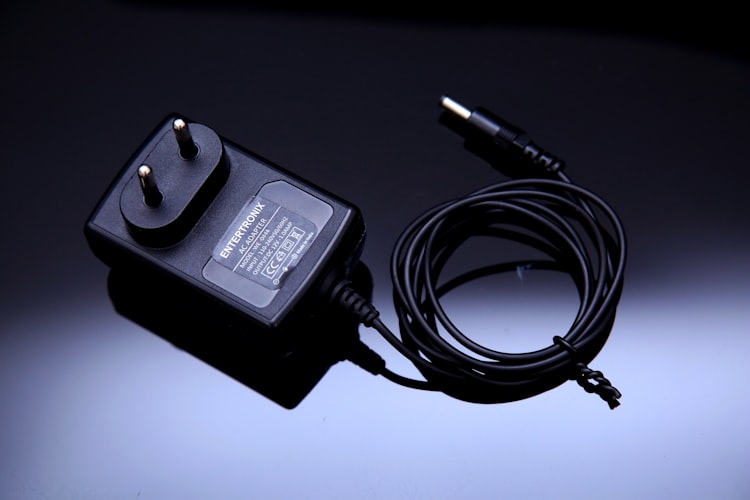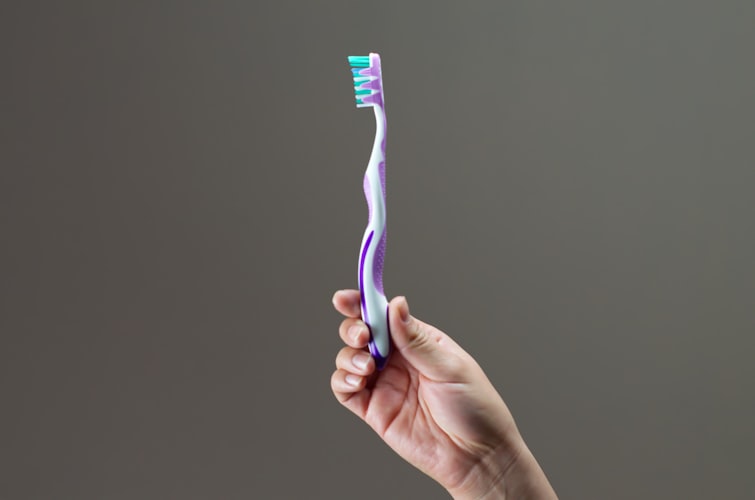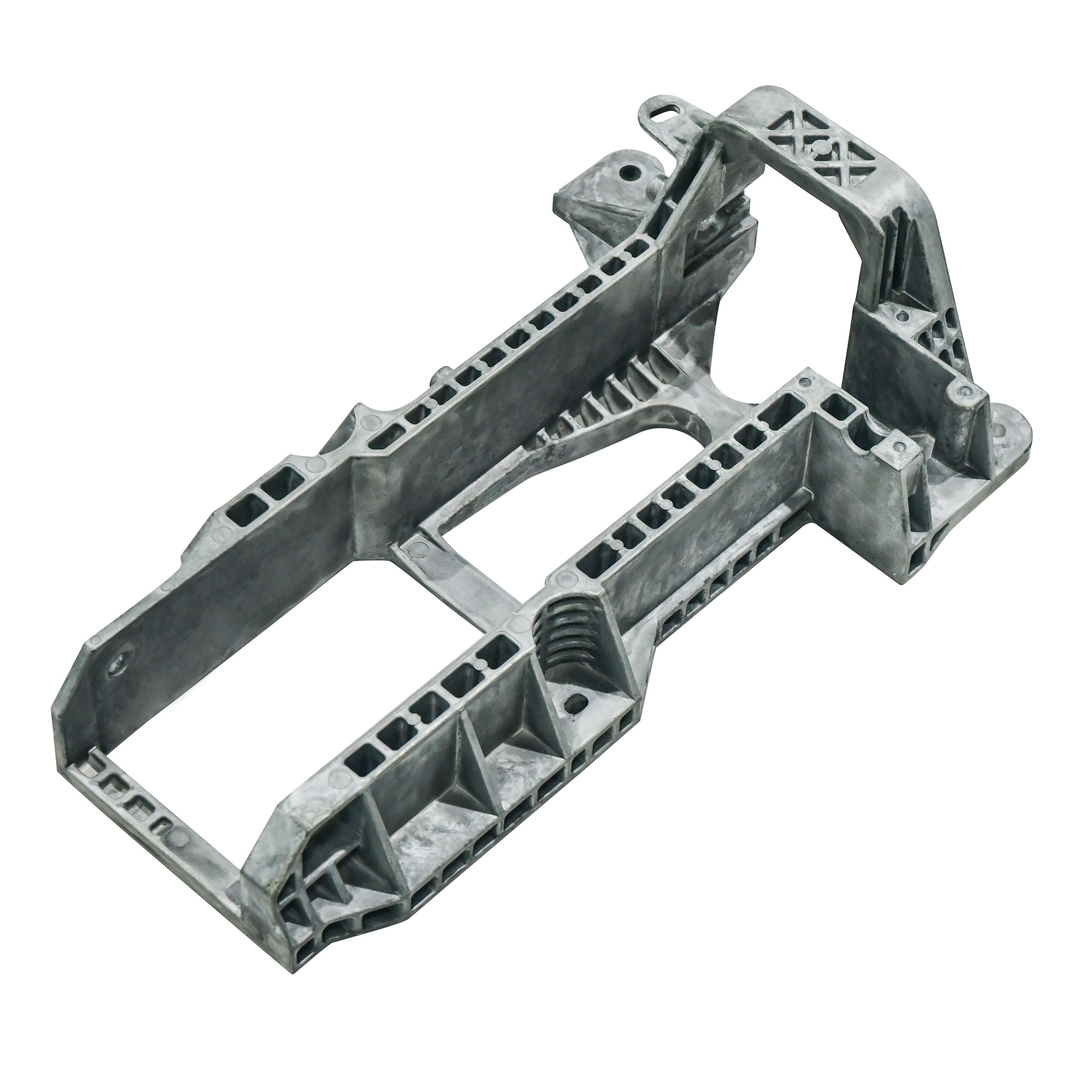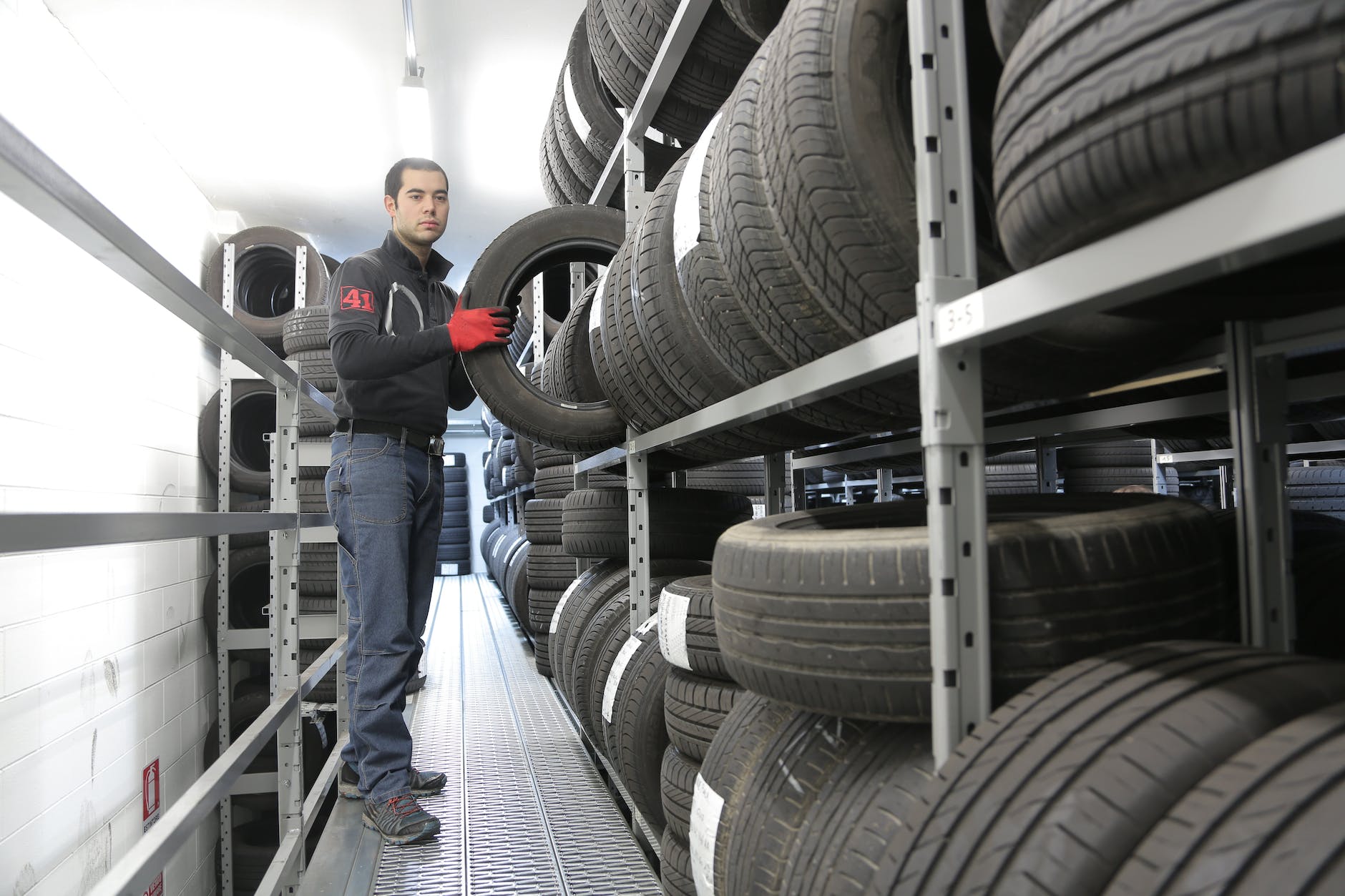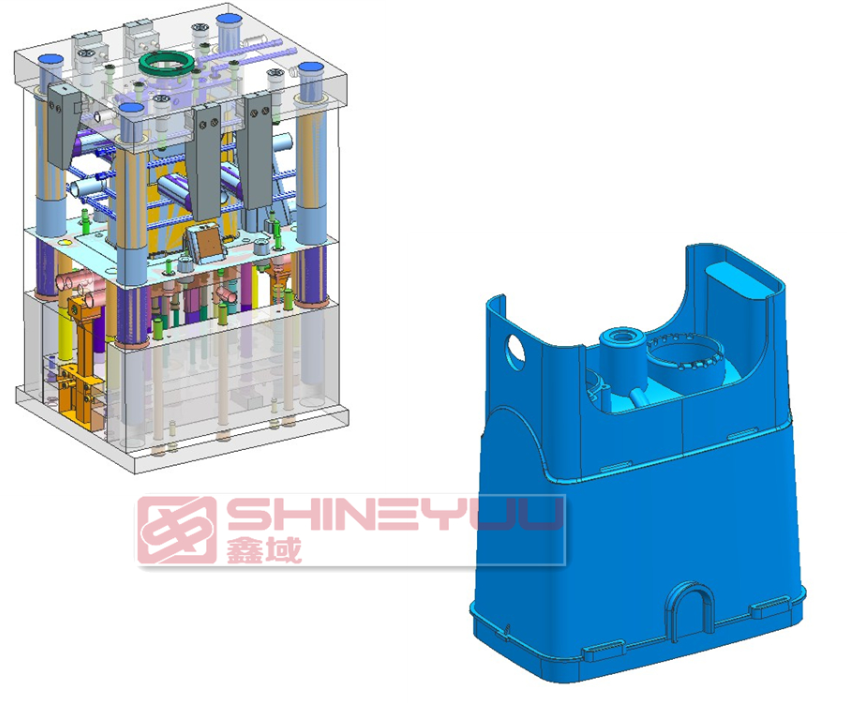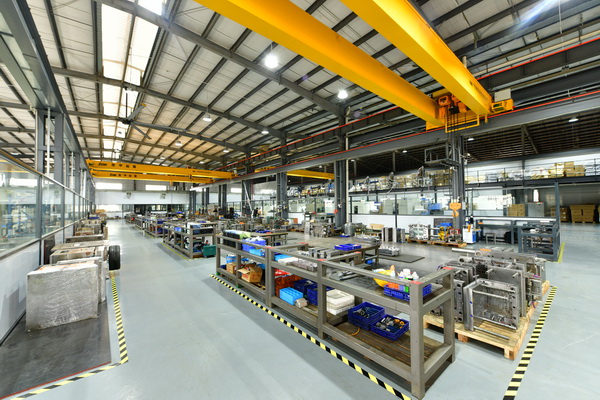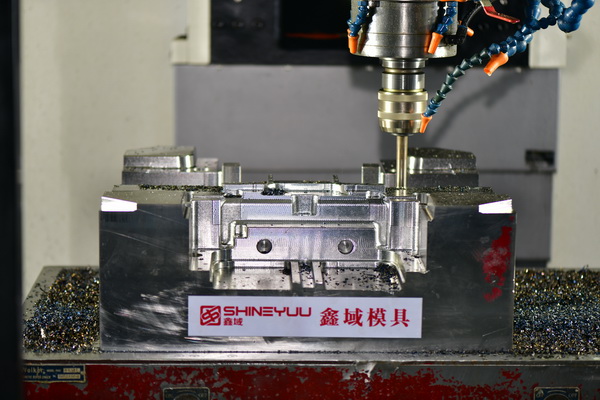So what exactly is insert molding? Insert molding is a process that involves using an insert – oftentimes made of metal – which is placed inside of a mold and then encapsulated with molten resin. This form of encapsulation, once the plastic has hardened, makes a single solid piece that is generally stronger than ones which require a secondary assembly. So to put simply, think of a metal piece that is then covered with plastic, like a USB stick, hammer or screwdriver, all of which take advantage of the insert mold process, but they can also extend to more complex injection mold inserts like that of a battery or motor.
Here we can see a classic example of insert molding - the screwdriver - with the injected plastic of the handle being wrapped around the metal rod:
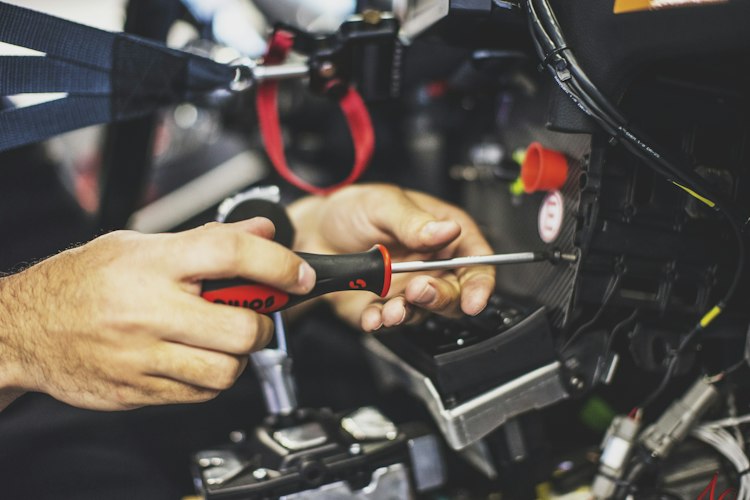
Why Use Insert Molding
So why would you decide to use these insert molding technologies? Let’s consider some of the reasons why many companies choose to use the insert moulding process across many products.
Cost: Since insert injection moulding is created by using a single shot, but has joined two or more parts together, it has reduced the number of assembly and labor costs. It only requires one person to work the machine, as a single worker simply places the metal into an insert mold and then lets the plastic flow. Not only this, but it reduces the number of necessary parts and in turn streamlines logistics around part tracking, shipping and supplier consolidation.
Size & Weight: Because the parts are joined together with a strong, lightweight resin it does away with extra components like fasteners or connectors. Not only this, but these molded inserts are designed smaller than assembly parts and its weight is also lighter by comparison, in turn also affecting cost of the materials.
Reliability: When metal insert molding or plastic insert molding has taken place, the molded material becomes surrounded in thermoplastic, tightly holding it together in place. This means that the molded metal or material is prevented from loosening, misaligning, mismatching and other similar sorts of issues. Not only this, but the plastic resin molded in inserts contains improved shock and vibration too.
Electrical plugs are another example of metal being wrapped in plastic via insert moulding:
Materials for Insert Molding
Generally insert molding can utilise a wide range of polymers to meet your product’s requirements, with each material giving its own unique properties and best selected on the conditions and performance of your completed component. The main choices are often thermoplastics, which are an environmentally-friendly material that can be reheated and reused. Thermosets which are similar however cannot be melted and reused once cured and elastomers, which are natural, recyclable, synthetic polymers like that of rubber, also known for their elastic properties.
Insert Molding & Overmolding Differences
Although similarities exist, insert molding and overmolding both have their differences. For insert moulding, as mentioned previously, encapsulates the metal or other material with a strong single-molded piece of plastic, think like that of a screwdriver, USB stick or hammer. Overmolding however, does not have this kind of encapsulation. What is overmolding? The overmolding process involves injecting an initial plastic piece – known as the substrate – and then waiting for it to cool first. Once this is done it is then layered with a second overmolding plastic, metal overmolding or an overmolded rubber, imagine like that of some toothbrushes.
Oftentimes, the insert molding process is metal wrapped in plastic, whereas the overmolding process is plastic wrapped in another material, in this toothbrush example it's covered in rubber:
Insert Molding vs Overmolding
When comparing both insert molding vs overmolding, it is best to look at their strengths and weaknesses in order to determine which is best for you and your needs.
Using injection moulding inserts contains a selection of benefits. One such being the fact that it can completely eliminate the need to use secondary assembly operations, meaning it cuts down on manufacturing times. Because insert injection molding covers the piece in one solid plastic, it is a fine choice for customers who seek tougher parts that require less assembly, with a larger variety of materials available to choose from. Insert molded parts do have some limitations however, such as prototype molding becoming a challenge without a corresponding 3D printer to conduct test runs on.
A wide range medical insert molding is done too, with tubing components, stethoscopes, needles and thermometers being just some of the possibilites:
Overmolded parts also hold their own key benefits. These overmoulding products can be manufactured with a wide range of materials and colors in a reasonably simple manner, giving products produced in this way an aesthetic look and feel that can add extra layers of attraction. Over molding can also reduce the number of man hours needed, thus lowering expenses when compared to other methods of manufacturing, the reason being that overmold is produced on the same machine, it does not need to be transferred to a secondary machine to complete the process. For production runs it’s a good choice, but holds larger upfront costs meaning that it requires a large number of parts to be produced to make an investment worth the choice.
When considering which option is the best to choose it is wise to look at different scenarios. If you are producing a product that contains non-plastic parts included during the production process – such as adding metal to a mold which will then be covered in plastic – then injection molding inserts are the way to go. If then, the item you are manufacturing contains multiple kinds of plastics then overmolding may be the best scenario. It may however be difficult to decide, as your product may have multiple parts and materials. In this manner you can always contact us – Shineyuu, the injection molding specialists. We can help both with consultation and by bringing your product to life. Simply click on contact and we can help with your product’s design and create it with our injection molding, overmolding and insert molding processes.
Conclusion
Insert molding is a common option for many parts and products. From medical devices, thermostats and printers to electrical plugs and screwdrivers, its involvement lies in many thermoplastic processes. Maybe you are considering it for your next project, and that’s where we come in. Also be sure to take a look at some of our other finely written articles, like Learn All About Overmolding, The 5 Types of Plastic Molding or Injection Molding vs 3D Printing for more great information.
We here at Shineyuu are injection molding experts. Insert molding is a core part of what we do. For more information, assisting you with an insert mold design guide or helping you on your next product, simply contact us now to ask any questions or send us a quote today.

